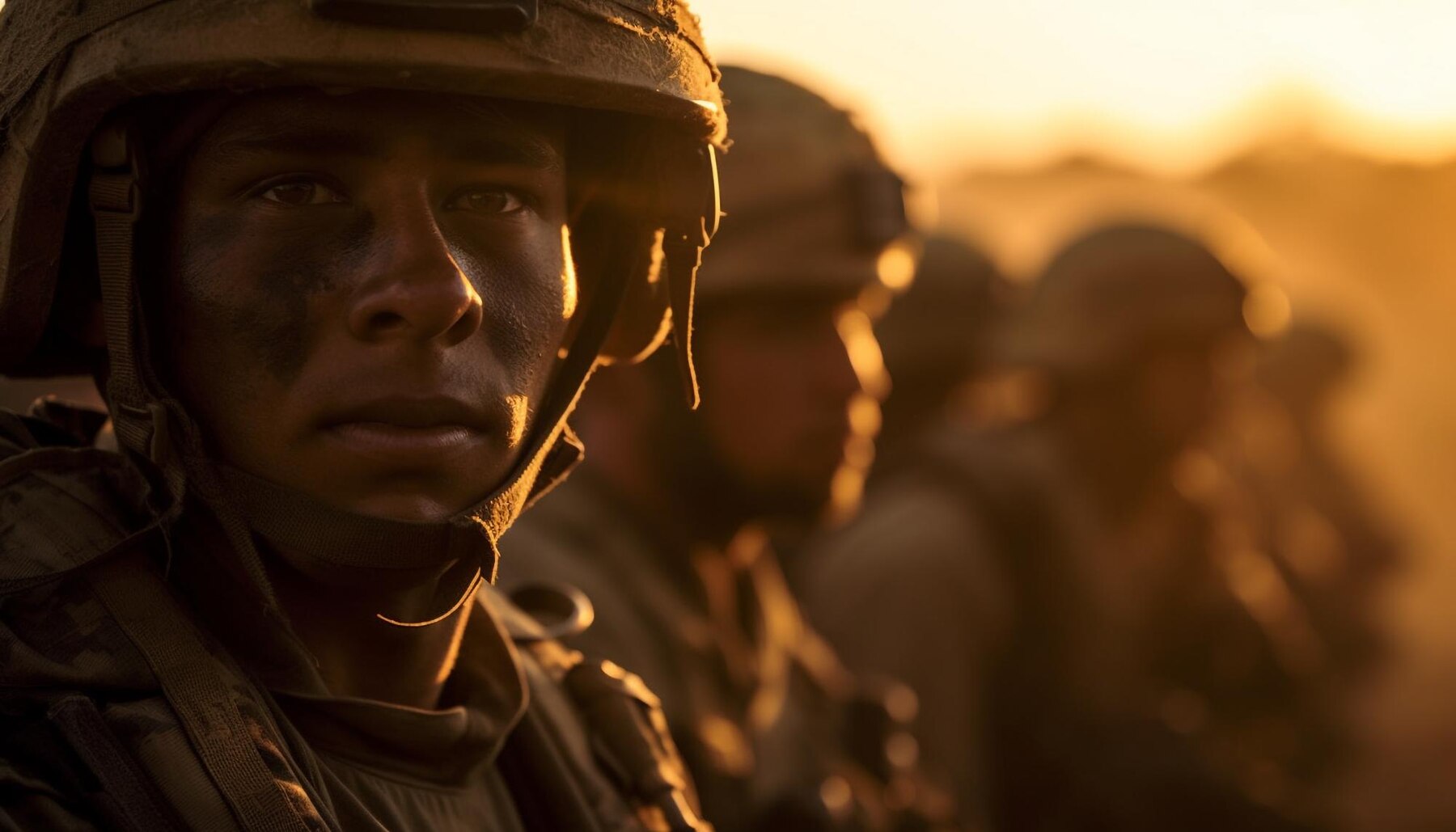If you’re a big football fan, you may know Anzac (Australian and New Zealand Army Corps) as the well-known match between Collingwood and Essendon in the Australian League. However, this match not only means a great day for sports but also holds a special meaning with long-standing history.
Every year, Anzac Day draws in large crowds with rituals and traditions set to commemorate the courage of their armed forces during the war. Here, dawn services are held, a march is organized, flowers are worn, and more.
Anzac History
The history of Collingwood vs Essendon matches on Anzac Day traces all the way back to the First World War. Australian and New Zealand forces carried out their first significant military action together. With their mateship, Anzac was born.
More specifically, Anzac Day is the anniversary of when the armed forces infiltrated Gallipoli, Turkey, on April 25, 1915. The objective was to drive Turkey out of the war and provide supplies to allied nations. On the first day, the armed forces failed to reach their objective, and only after eight months did the battle end.
One year later, people came together to honor the victims of war and the military men and women. By the 1920s, Anzac Day was made a public holiday in every state, and it grew with commemorative programs that included the community. Today, Anzac refers to the long history of sacrifice and endurance during the war and is celebrated on the same day of the infiltration.
Dawn Service
Anzac Day opens with a dawn service early in the morning. This tradition starts at 4:30 AM, which is the estimated time when the troops approach Gallipoli beach. Additionally, dawn services were started in 1923 by Reverend Arthur White, a priest of the 44th Battalion on the Western Front. Since then, the tradition has continued with veterans assembling before dawn to do a ‘stand-to’ position and a few minutes of silence.
Traditional Gunfire Breakfast
After the dawn service, the gunfire breakfast comes in next. The gunfire is a British tradition where troops are handed a cup of tea, coffee, or milk, followed by a shot of black rum. The rum wasn’t added to the drinks but was taken after.
According to military historian Christopher Pugsley, taking a shot of rum was important during the war since it gave liquid courage to soldiers entering the notorious battlefield. Because of this, the gunfire breakfast became a tradition preserved throughout time.
Additionally, legislation helped keep this tradition alive. In April 2016, the Royal New Zealand Returned and Services Association was permitted to serve rum without a special license. However, the license only permits costs that don’t exceed five hundred dollars.
Anzac March
The Anzac March is a patriotic and solemn part of the whole celebration. In the Great War, marches were famous among troops to honor lost friends and show mateship. Moreover, this continues today with veterans who served in the armed services. It also included children and grandchildren to represent relatives or assist older veterans.
The Two-Up
Following the march, lunches and reunions are held in local establishments. Additionally, this is the time for the traditional two-up game, an Australian betting game that is illegal to play on other days. Moreover, the Ringer host will explain the rules, and anyone of legal age is welcome to join.
Wearing Rosemaries or Medals
For citizens, rosemary cuttings are typically pinned to tops or coats instead of where a medal should be (on the left side). In the past, wild rosemary grew near Gallipoli, Turkey, during the infiltration, and it soon became a symbol of remembrance.
For veterans, medals are worn if they’ve claimed their own. Moreover, these are placed on the left breast area. In some cases, some have medals on both breasts. This means they are wearing their own (found on their left) and a fallen relative’s medal (found on their right.)
Laying Wreaths
It’s also tradition to place a wreath of flowers on graves or memorials. Here, you can typically find rosemaries, laurels known as symbols of honor, and red poppies for hope for a peaceful future and remembrance. Any of these flowers are chosen and acceptable during Anzac since they hold special meaning.
Recitation of ‘The Ode’
At the official Anzac ceremony, an invited speaker will recite ‘The Ode of Remembrance’ to commemorate the war sacrifices. The poem comes from English poet Laurence Binyon’s fourth stanza in ‘For the Fallen.’
Once the speaker finishes reciting the poem, all those present in the venue will repeat the last words. After a short pause, the crowd follows with the statement, “Lest we forget.” Moreover, this phrase is also seen written at the center of the wreaths.
Last Post
The last post was typically added to funeral services as a final farewell, symbolizing how the fallen can rest in peace. In the Anzac, the last post is a bugle call played on a trumpet or bugle and signals the end of the day. Flags are raised to the masthead during the bugle, followed by two minutes of silence.
Final Thoughts
In its entirety, Anzac is a day filled with traditions such as early service, rum and coffee drinks, marches, medals, rosemaries, etc. It’s passed down through decades and is continued even though it waned during the pandemic. Overall, it reminds the citizens to honor those who have served in the war, the impact of conflict, and, most importantly, to never forget.
